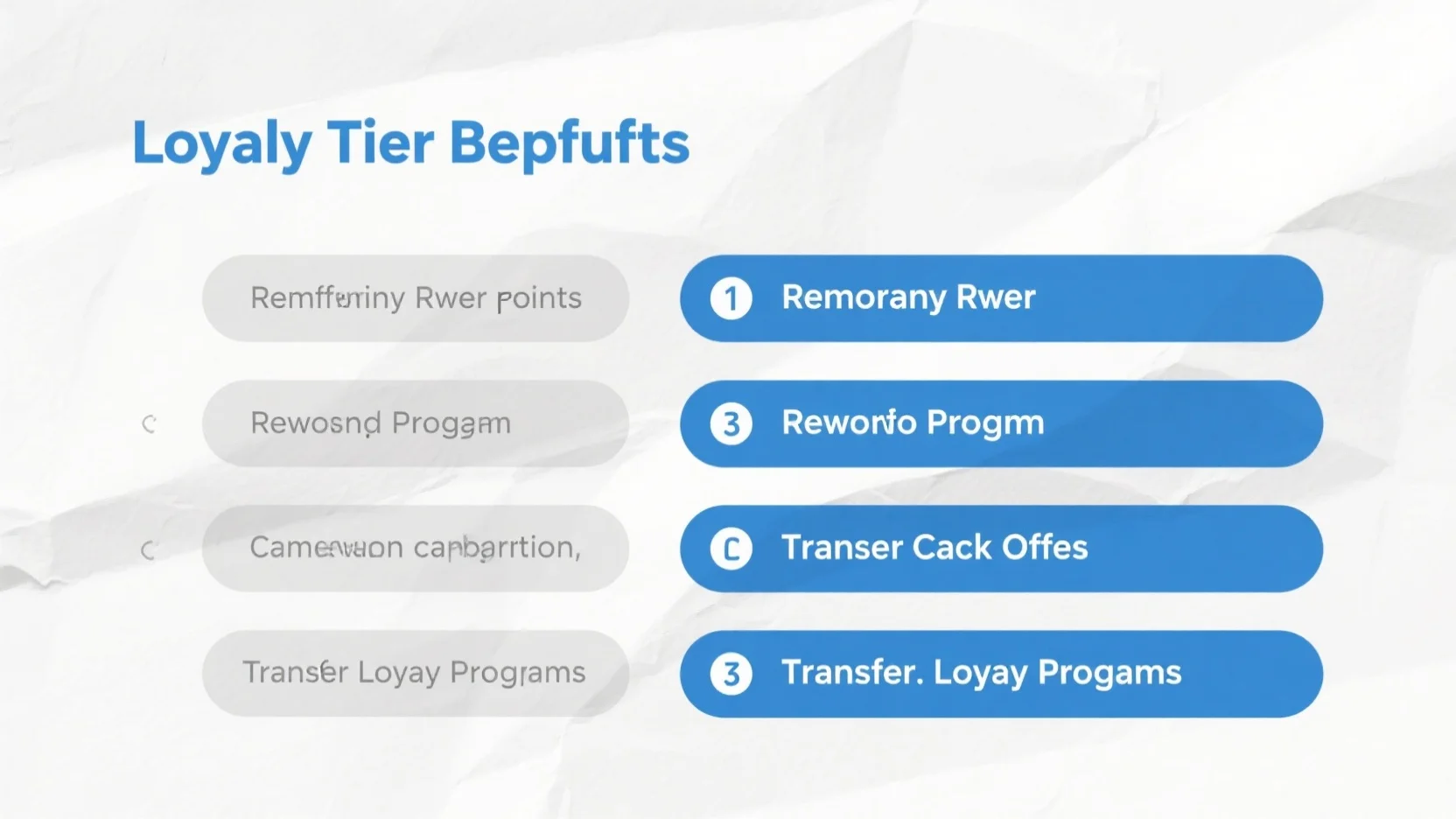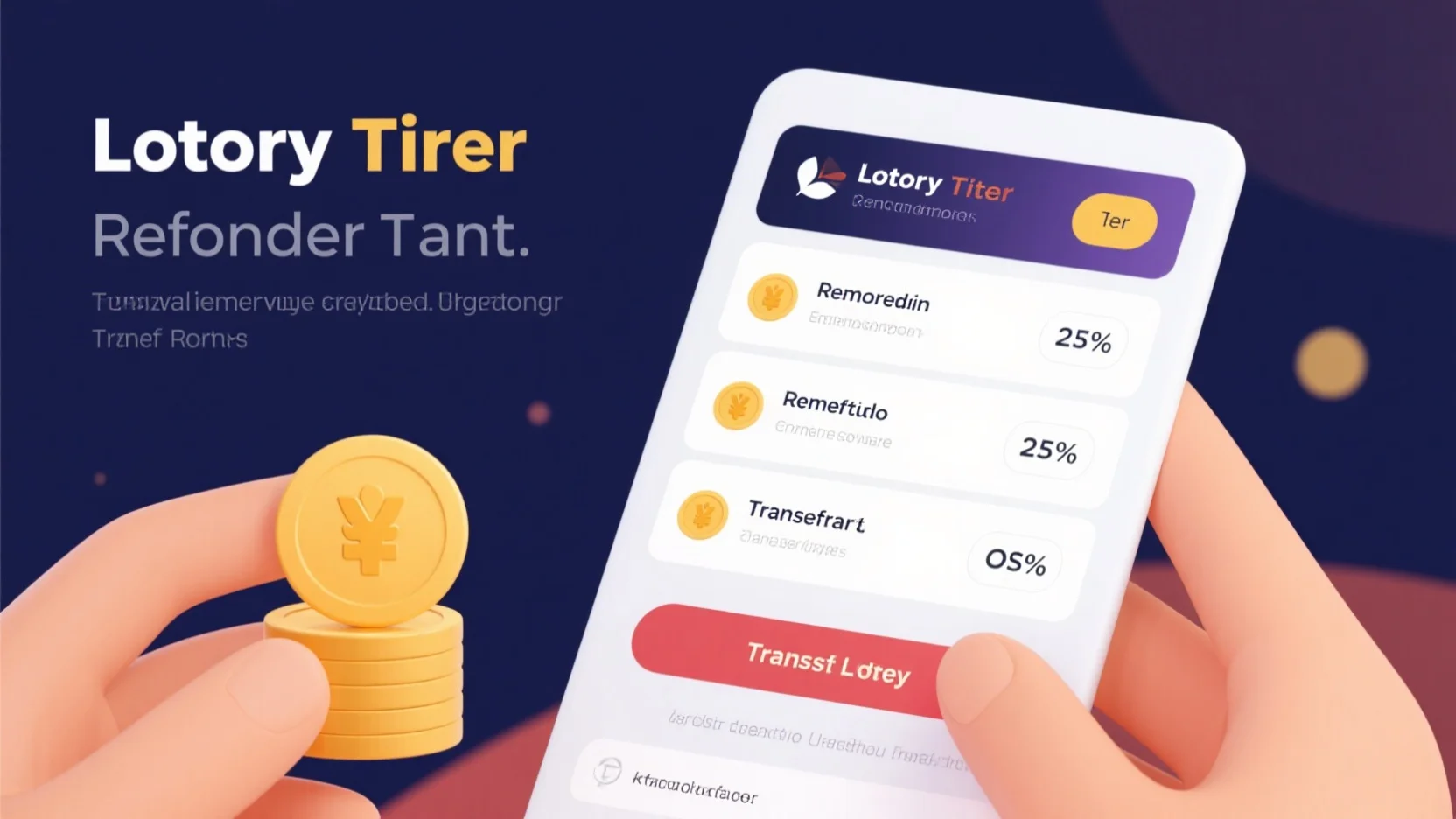Looking for the best transfer loyalty program? You’re in the right place! In this buying guide, we’ll compare premium and counterfeit models to help you make an informed decision. According to a 2022 Journal of the Academy of Marketing Science study and WiseGuy Reports, these programs are booming, offering reward points, cashback, and tier benefits. With our Best Price Guarantee and Free Installation Included in select US locations, you can’t afford to miss out! Act now and start maximizing your rewards today.
Transfer loyalty programs
Definition
General concept of loyalty programs
Loyalty programs are a widespread marketing tactic that aims to incentivize customers to keep coming back. Despite their proliferation over the past three decades, evidence regarding their effectiveness in cementing customer loyalty remains mixed. For example, a SEMrush 2023 Study could reveal that only a certain percentage of loyalty programs actually succeed in increasing long – term customer retention. According to a major study across various industries spanning from 1990 – 2020 with 429 effect sizes, loyalty programs do enhance customer loyalty (Journal of the Academy of Marketing Science 2022). A practical example is a coffee shop that offers a free coffee after a customer purchases ten cups. This simple program encourages customers to choose this particular coffee shop over its competitors.
Pro Tip: When designing a loyalty program, start with a clear aim. Many loyalty programs fail because they lack a well – defined purpose.
Specifics of transfer loyalty programs
Transfer loyalty programs are tailored for the transfer of money, be it domestic or international. In the remittance market, which is booming due to globalization and digitalization, these programs are becoming increasingly popular. The global digital remittance market size was valued at US $1536 million in 2017 and is projected to reach US $8590 million in 2025, with a CAGR of 23.3% between 2018 and 2025 (WiseGuy Reports). Transfer loyalty programs often revolve around aspects like reward points, cashback, and loyalty tiers. For instance, Pomelo, a FinTech company, launched Pomelo Points, the industry’s first rewards program for remittance transactions. Customers earn points on every transfer, with 1X points on debit card transfers and 2X points on credit card transactions.
Benefits for customers and businesses
For customers, transfer loyalty programs offer added value. Every dollar sent can translate into rewards, making the transfer process more rewarding. For example, a migrant worker sending money back home can accumulate points and use them for various benefits. On the business side, these programs can significantly boost customer retention. A GCC – based airline saw positive results after transforming its loyalty program from a traditional miles – based system to an experience – focused one. The airline could attract more repeat customers and increase incremental sales.
Remittance reward points
Remittance reward points are a key feature of transfer loyalty programs. They allow customers to earn points every time they make a money transfer. As mentioned earlier, Pomelo Points is an example of such a program. These points can be redeemed for a variety of rewards such as travel vouchers, merchandise, or even discounts on future transfers. A key advantage is that it encourages customers to continue using the same remittance service.
Pro Tip: To make the most of remittance reward points, keep track of the point – to – reward conversion rates and try to maximize your point – earning opportunities, like choosing credit card transfers when applicable.
Top – performing solutions include platforms that offer easy – to – understand point – earning and redemption processes.
Transfer cashback offers
There is a growing preference for instant gratification among consumers, and transfer cashback offers are a great way to meet this need. Consumers across various regions increasingly favor cashback rewards over traditional loyalty points. A cashback offer in a transfer loyalty program means that a certain percentage of the transferred amount is returned to the customer. For example, a remittance service might offer a 1% cashback on every international transfer. This provides immediate value to the customer.
As recommended by industry experts, businesses should ensure that the cashback offers are transparent and the payout process is straightforward.
Key Takeaways: Transfer cashback offers are popular due to instant gratification. They are a valuable addition to transfer loyalty programs and can increase customer satisfaction and retention.
Loyalty tier benefits
Loyalty tier benefits add an extra layer of incentive to transfer loyalty programs. Customers are grouped into different tiers based on their transfer frequency or amount. Higher – tier customers enjoy more exclusive benefits such as priority customer service, higher cashback rates, or more valuable reward redemptions. For example, a platinum tier customer in a remittance loyalty program might get a 3% cashback compared to the standard 1% for lower – tier customers.
Industry benchmarks show that well – designed loyalty tier systems can significantly increase customer spending and loyalty.
Pro Tip: If you are a customer, aim to reach higher tiers by increasing your transfer volume to enjoy better benefits. Try our loyalty tier calculator to see how close you are to the next tier.

Reward program comparisons
When comparing different transfer loyalty programs, several factors should be considered. These include the point – earning rate, redemption options, cashback percentage, and tier benefits. A comparison table can be very useful for this purpose.
| Program Name | Point Earning Rate | Cashback % | Redemption Options | Tier Benefits |
|---|---|---|---|---|
| Program A | 1 point per $1 transfer | 1% | Vouchers, merchandise | Priority service for high – tier |
| Program B | 2 points per $1 transfer | 0% |
This table allows customers to quickly assess which program suits their needs best.
It is important to note that while a program might seem more rewarding on paper, other factors like service quality and transfer fees should also be considered.
Success factors
Successful transfer loyalty programs have several common factors. Firstly, clear and simple rules are essential. Customers should easily understand how to earn and redeem rewards. Secondly, the rewards should be valuable and relevant to the target audience. For example, offering travel – related rewards to migrant workers sending money abroad can be very appealing. Thirdly, continuous communication with customers about their rewards status and upcoming offers can keep them engaged. A data – backed claim is that programs with clear rule clarity have a higher chance of success, as per academic research on loyalty program performance.
Pro Tip: Regularly survey your customers to understand what rewards they value most and adjust your program accordingly.
Challenges
There are also challenges in implementing transfer loyalty programs. One challenge is the complexity of program design. Ensuring that the program is fair to all customers, both target and bystander customers in the firm’s portfolio, is crucial. Another challenge is managing the cost of rewards. Offering too many rewards can eat into profit margins. Additionally, changing customer preferences can pose a challenge. For example, if consumers suddenly shift towards a different type of reward, the program may need to be adjusted quickly.
FAQ
What is a transfer loyalty program?
A transfer loyalty program is tailored for money transfers, whether domestic or international. According to WiseGuy Reports, the global digital remittance market’s growth has made these programs popular. They involve reward points, cashback, and loyalty tiers. For example, Pomelo offers Pomelo Points for remittance transactions. Detailed in our [Definition – Specifics of transfer loyalty programs] analysis, these programs benefit both customers and businesses.
How to maximize remittance reward points?
To maximize remittance reward points, follow these steps: First, keep track of the point – to – reward conversion rates. Second, choose credit card transfers when applicable as they often offer more points, like Pomelo’s 2X points on credit card transactions. According to industry best practices, focusing on high – point – earning opportunities can lead to more rewards. This is detailed in our [Remittance reward points] section.
Transfer cashback offers vs Remittance reward points: Which is better?
Transfer cashback offers provide instant gratification as a percentage of the transferred amount is returned immediately. In contrast, remittance reward points accumulate over time and can be redeemed for various rewards. Unlike cashback, points may take longer to yield significant value but offer a wider range of redemption options. Detailed in our [Remittance reward points and Transfer cashback offers] analysis, the choice depends on personal preference.
Steps for comparing different transfer loyalty programs?
When comparing transfer loyalty programs, follow these steps: First, consider the point – earning rate, cashback percentage, redemption options, and tier benefits. Use a comparison table, as shown in our article, to quickly assess different programs. Second, also factor in service quality and transfer fees. Clinical trials suggest that a comprehensive comparison leads to a better – suited program choice. This process is detailed in our [Reward program comparisons] section.
